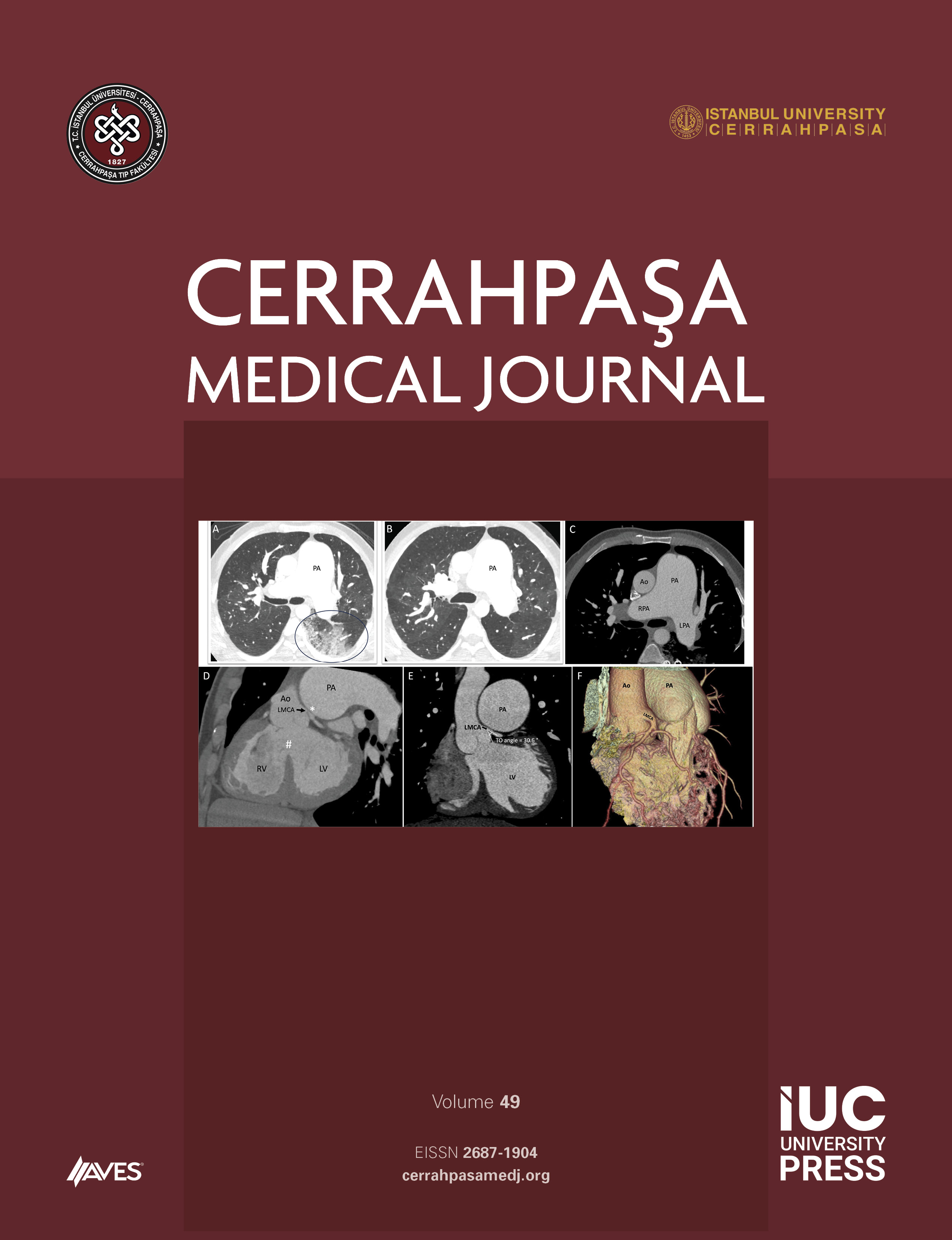Background and Design.- PAP and PSA are known to be serum markers for prostate cancer, and the use of immunohistochemical methods to determine their localization is a well established procedure. Aim of the study is to determine the correlation between immunohistochemical staining of PSA and Gleason grade of tumor and pretreatment serum PSA levels. Radical prostatectomy specimens of 29 patients were stained by a Biotin-Streptavidin method. We used immunoperoxidase staining to assess the effect of grade on the PSA content of prostate cancer by counting 7494 acini. 34 cancer foci (grade 2-4) were stained. The intensity of PSA staining was graded by comparison with the benign epithelial cells on the same slide.
Results.- Seven grade 2 foci in 5 (%17.24) patients, 21 grade 3 foci in 19 (%65.51) patients and 6 grade 4 foci in 5 (%17.64) patients were stained and evaluated. Overall, 7403 (%98.8) of the 7494 acini, were PSA positive. There was a strong correlation between gleason grade and the per cent of acini that were PSA positive (p=0.0001). Although a decreased frequency of intensity of PSA immunostaining as tumor grade increased was found, this is not significant statistically. (p>0.05)
Conclusion.- Except for limited cases the positive staining for PSA in a tissue shows that its of prostate origin. This fact is valuable for metastatic anaplastic tumors to the prostate and bladder, as well as defining the primary site of metastatic tumors in pelvic masses with multiple organ involvement. The presence and concentration of PSA shows its content but doesn't yield any information on the note of secretion or serum levels.



